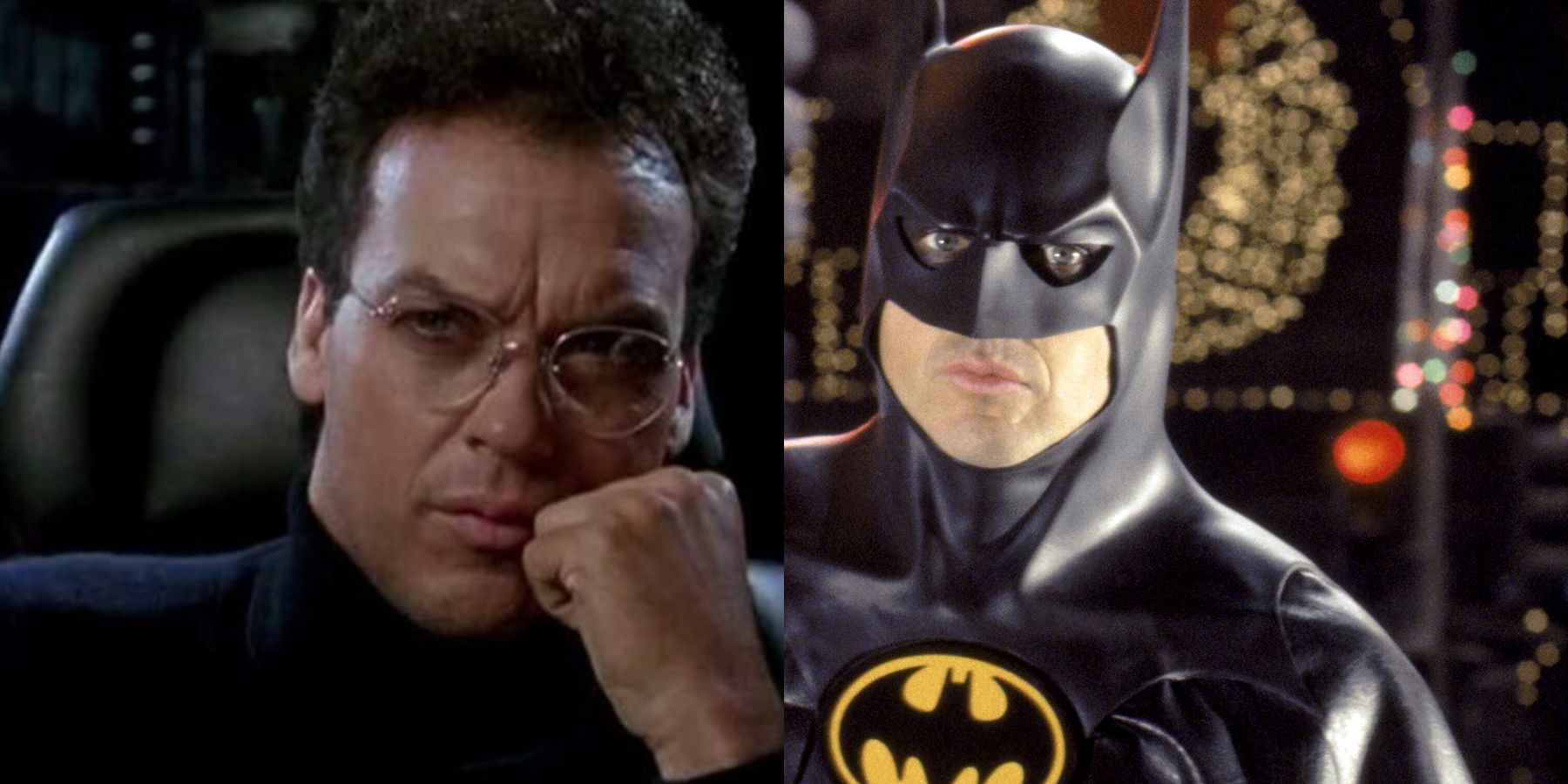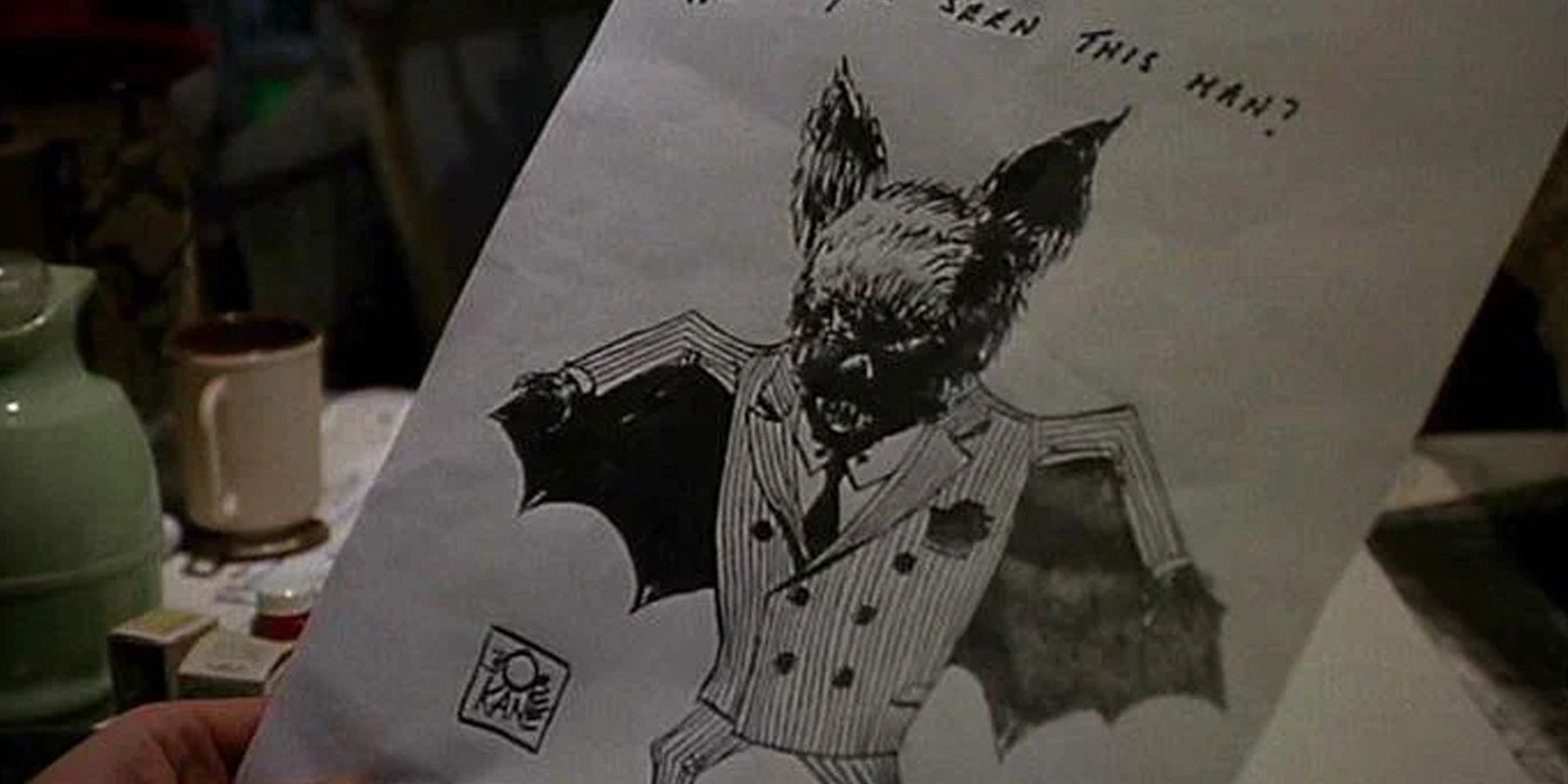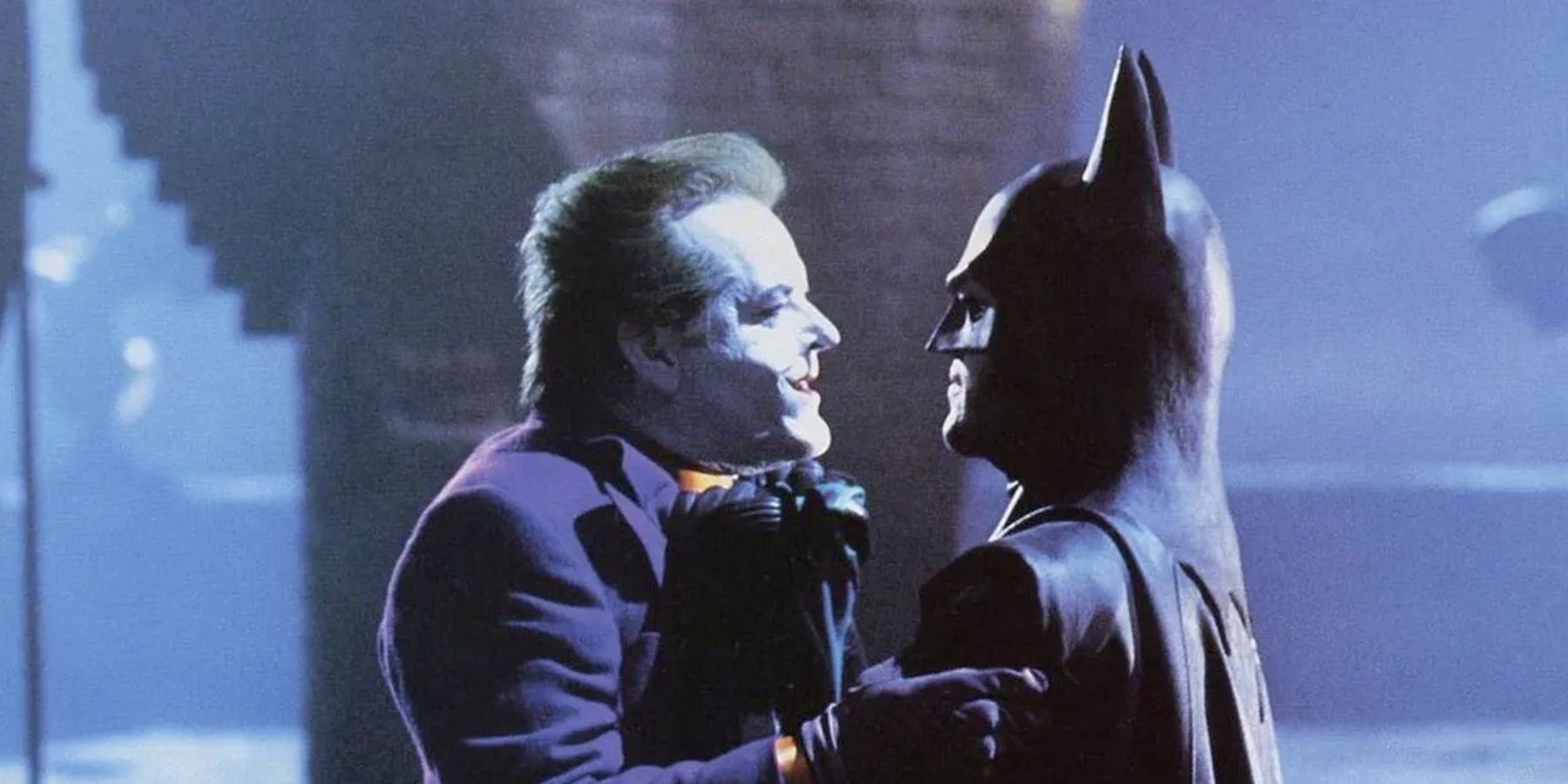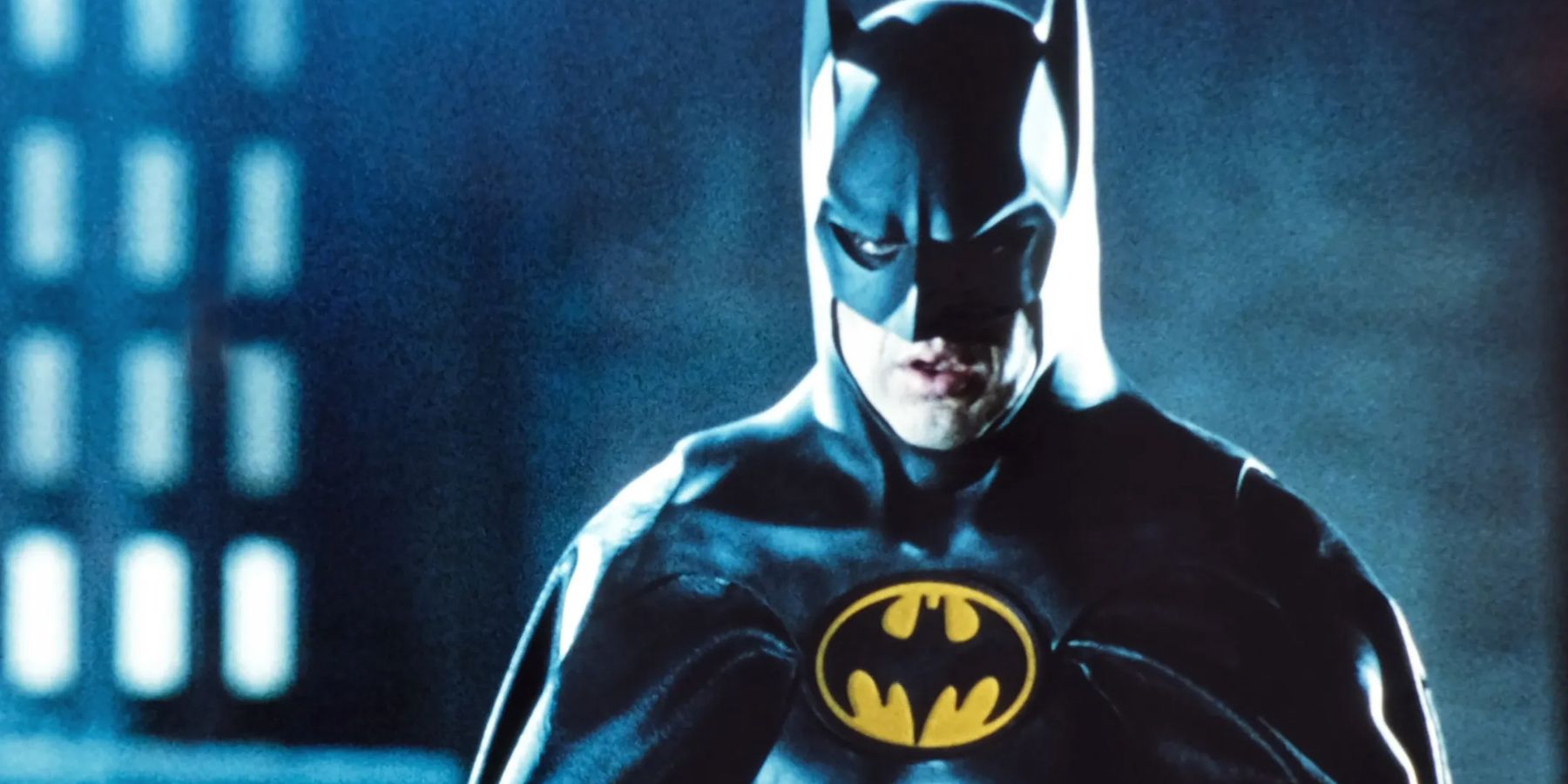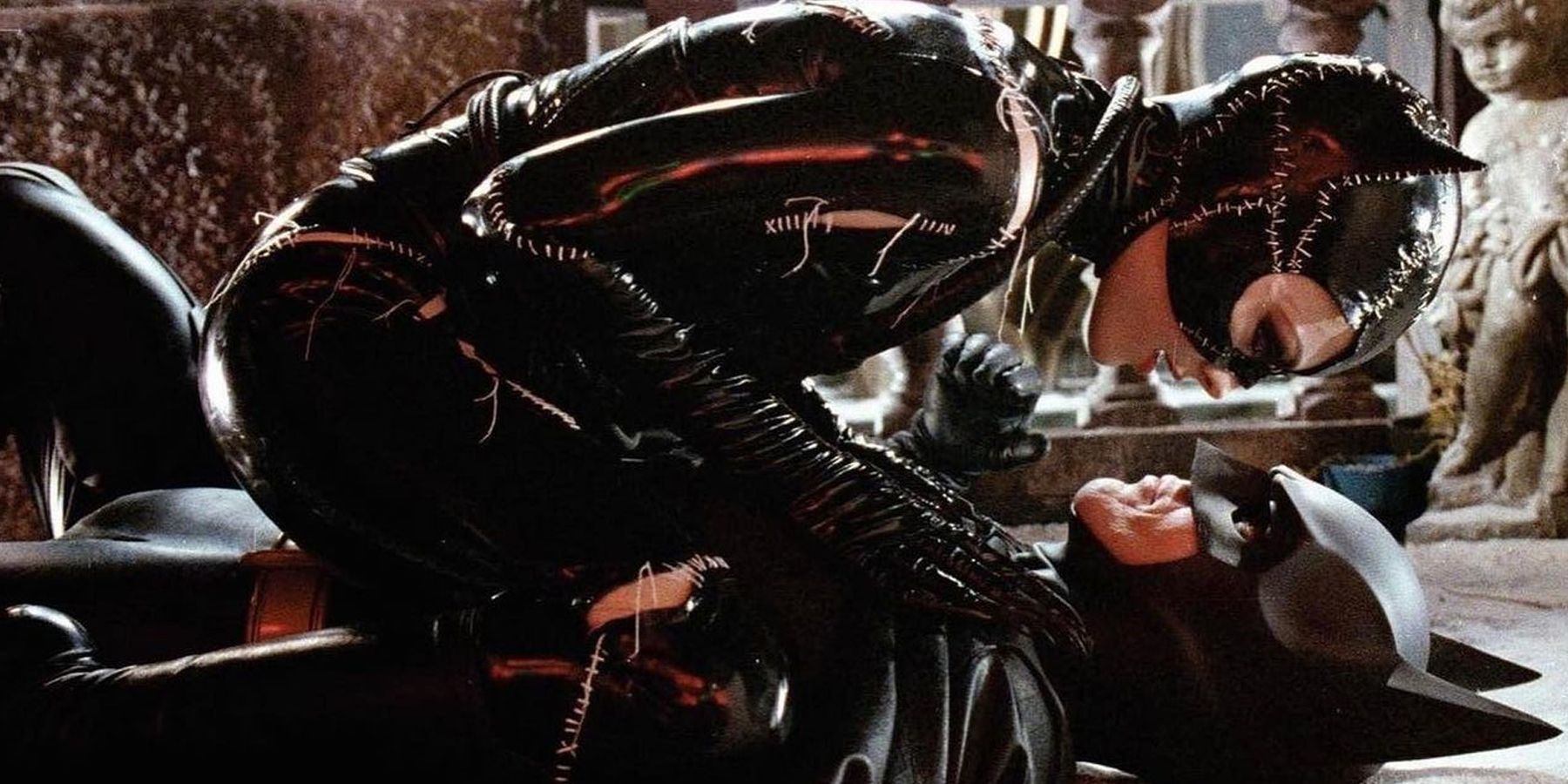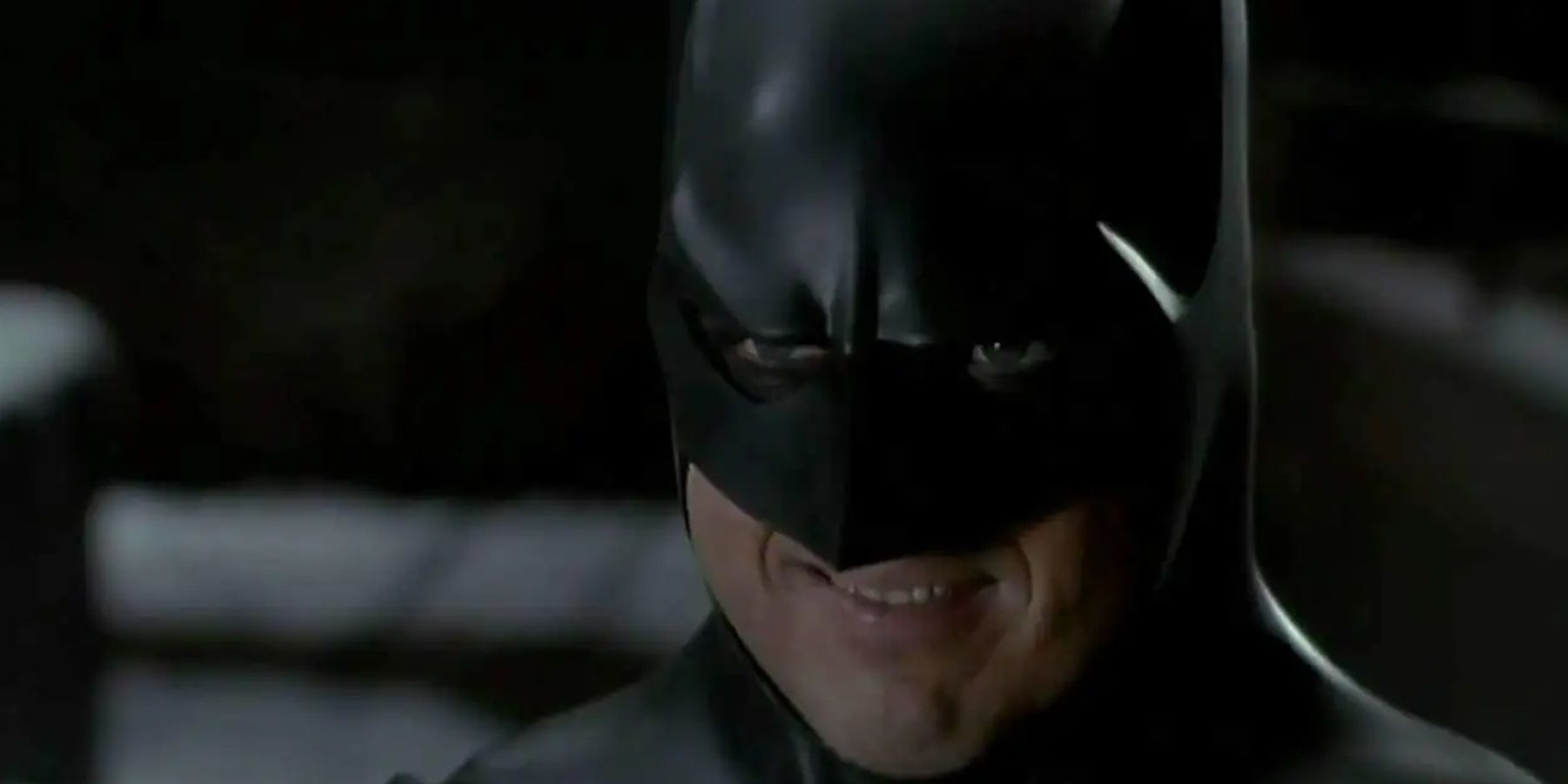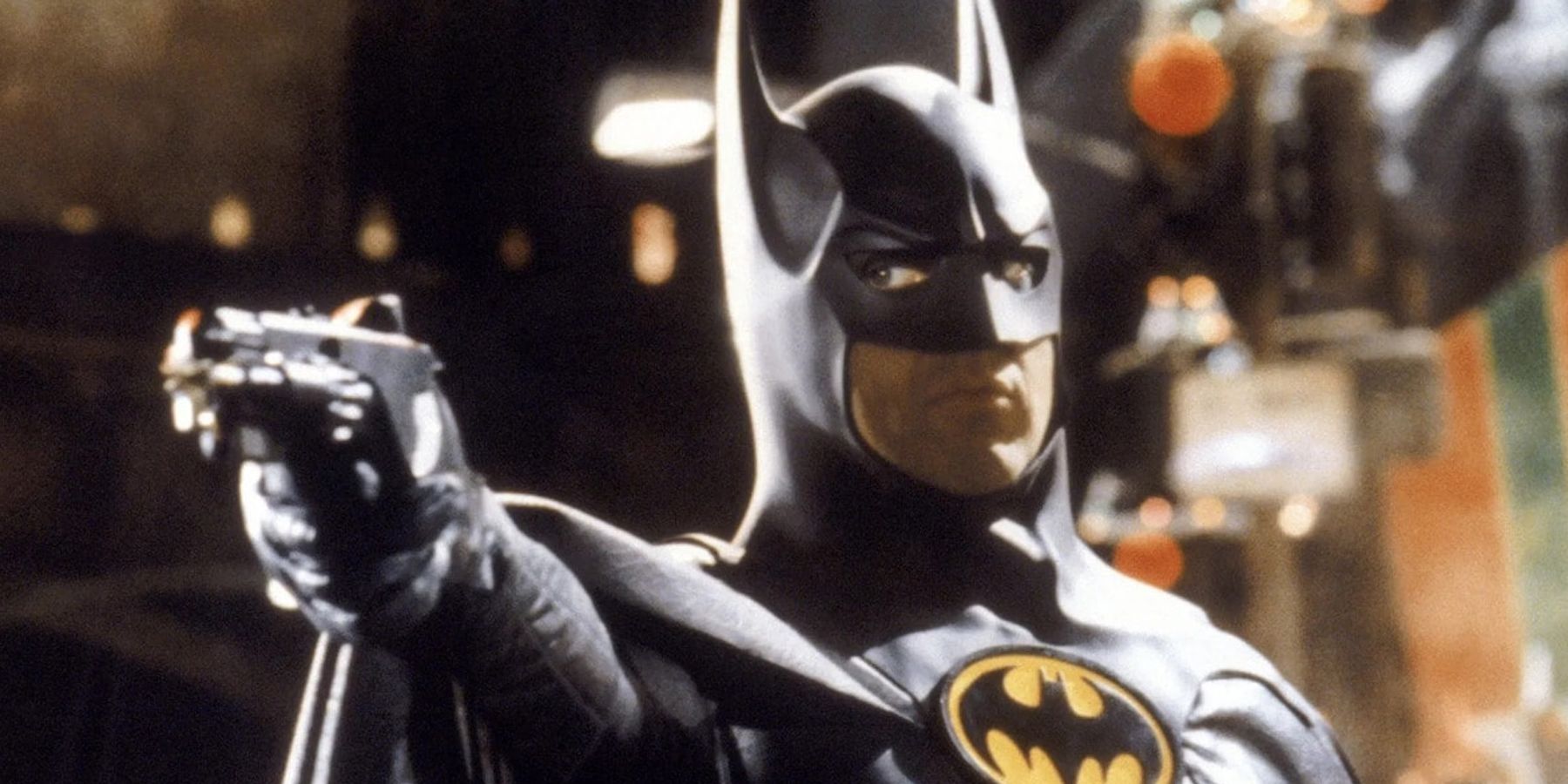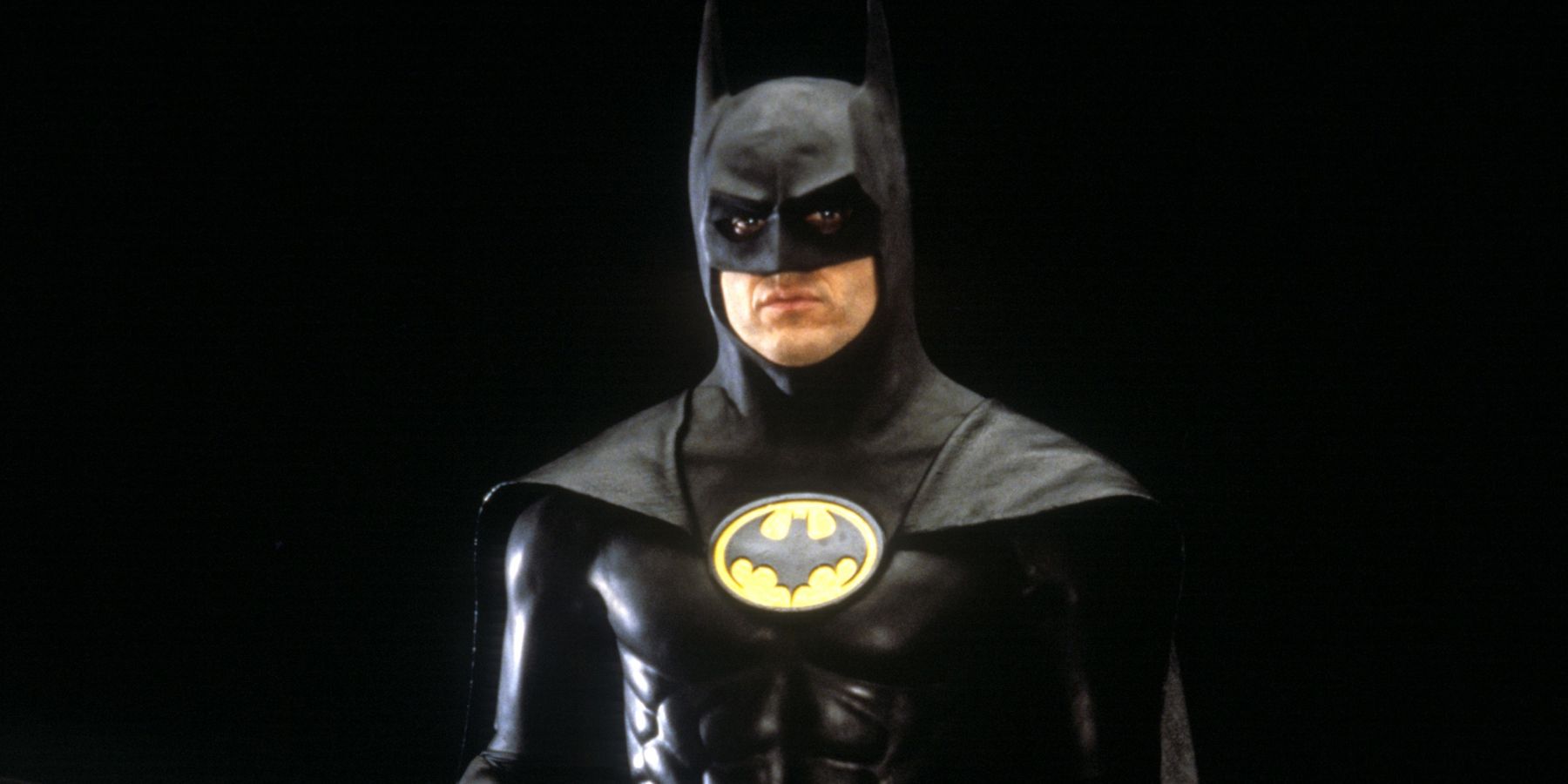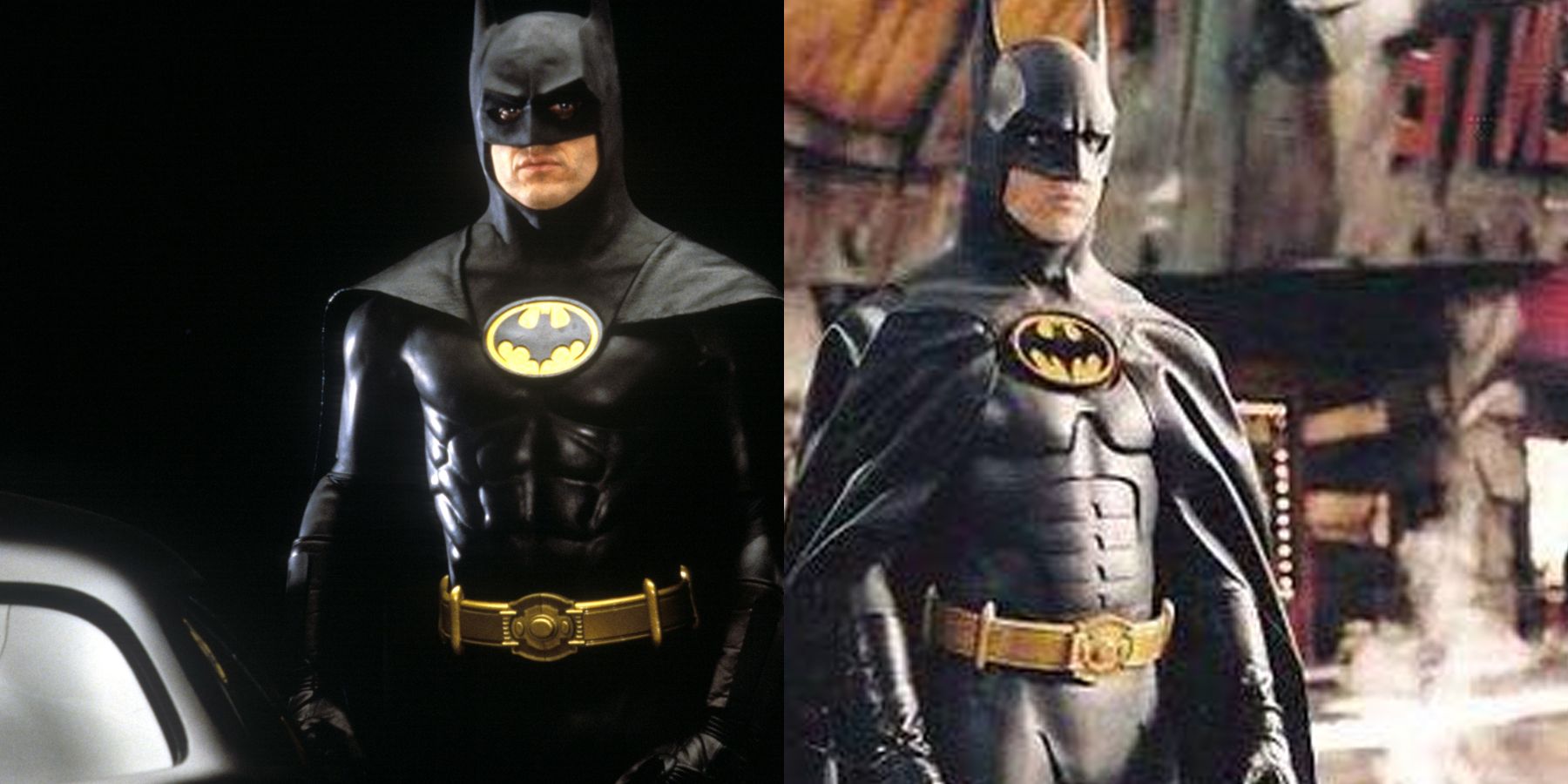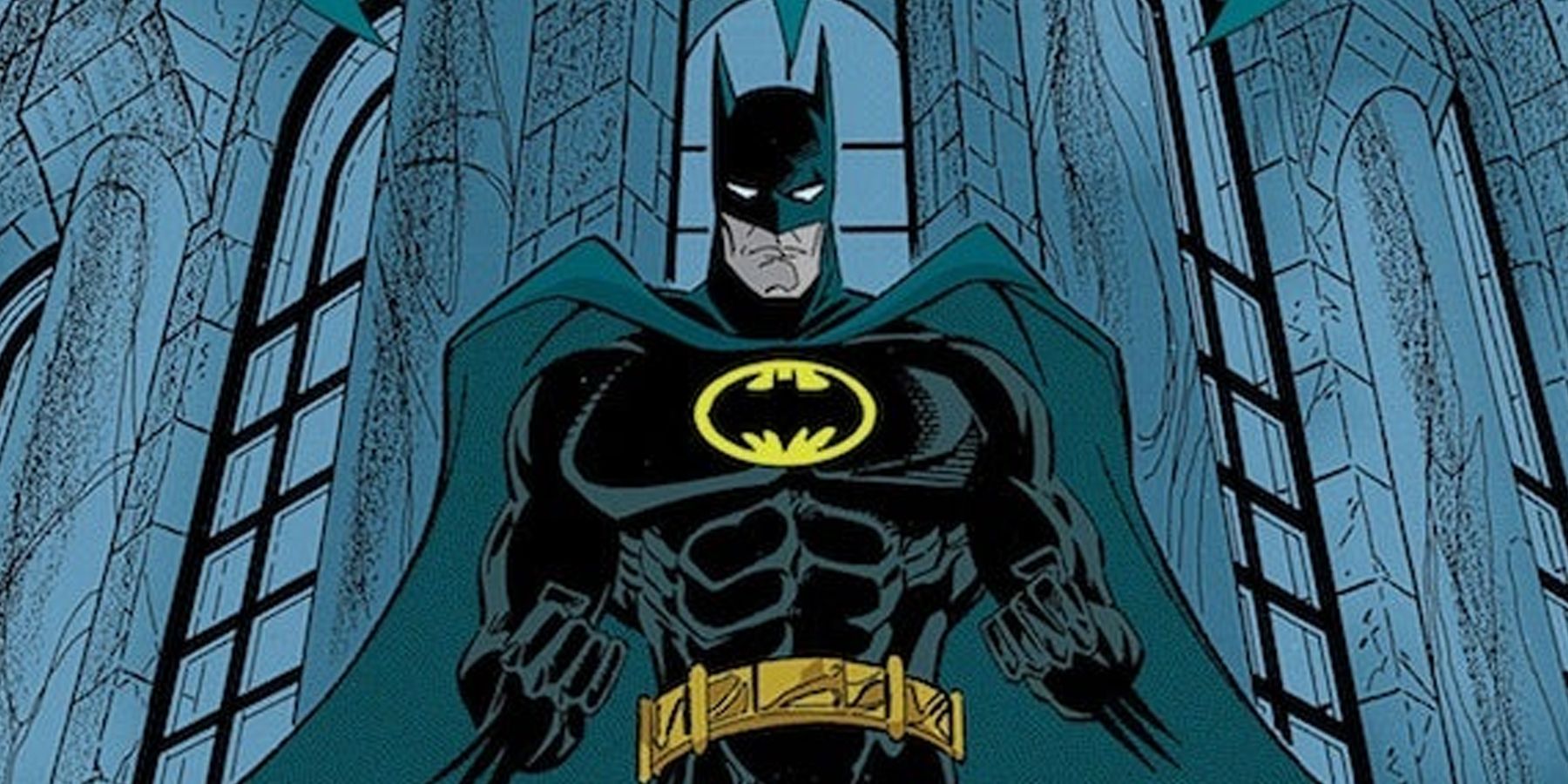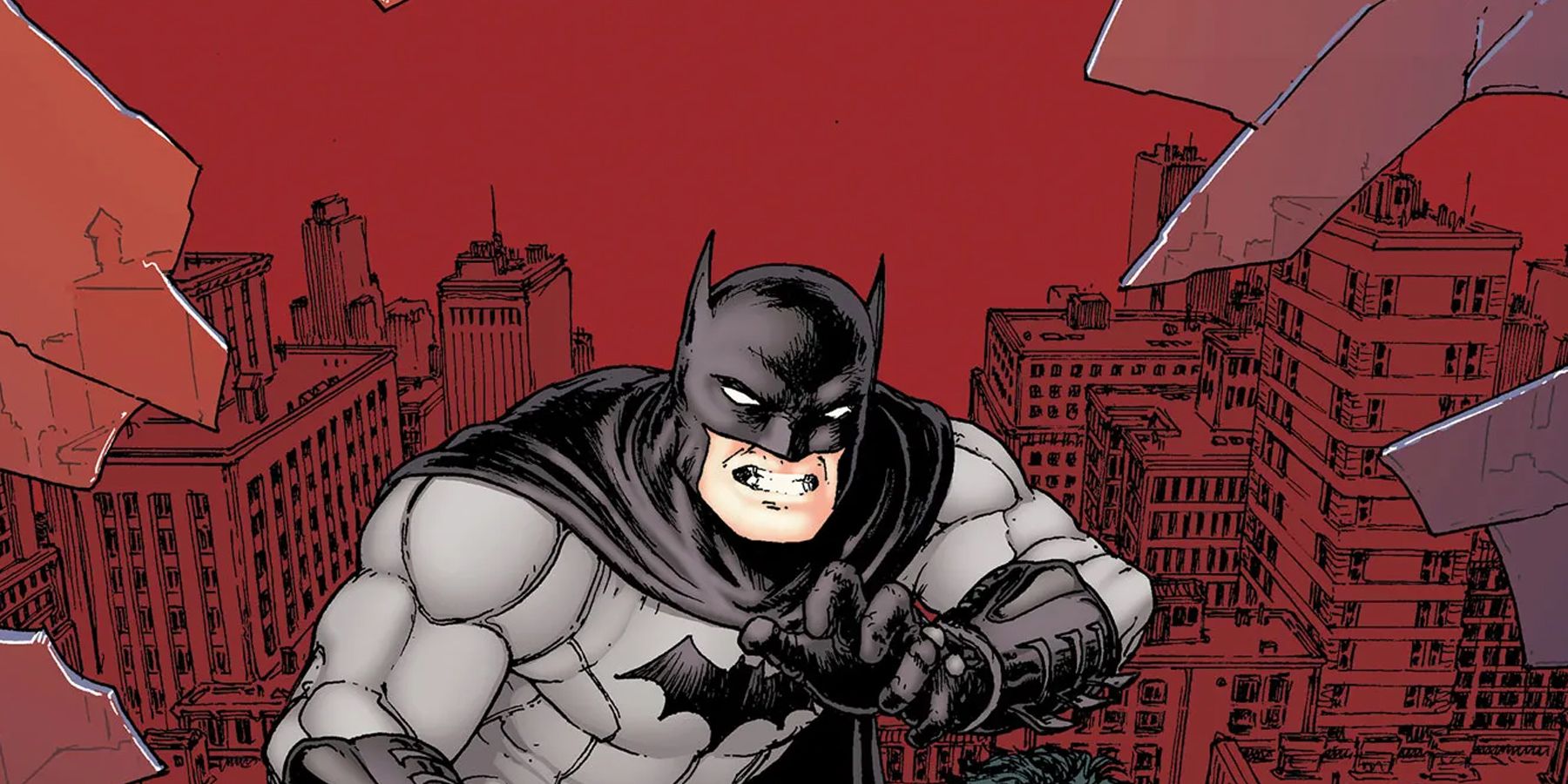Of all Batman portrayals, it’s Michael Keaton that perhaps set the bar when it comes to the darker, grittier versions of the Dark Knight prior to his modern depictions. It’s 1989’s Batman and 1992’s Batman Returns that showed viewers it’s possible for a darker, Gothic version of Batman roaming the streets of crime-ridden Gotham before the campier and more humorous Batman films of the 90s.
However, there’s more to Michael Keaton’s Batman portrayal than meets the eye. For fans of the Dark Knight that love reading his tales in DC Comics, there are just some elements of Keaton’s portrayal that set him apart from other Batman actors.
10 An Enigma Through And Through
One of the best ways Batman is depicted through Gotham is through his status as an urban legend, and this is something Batman popularizes. When the film begins, reporter Alexander Knox is heckled by his colleagues as they didn’t believe “the Batman” exists. In fact, one of the artists there handed him a drawing of a “bat-man,” which was a bat that wore a suit. Interestingly enough, fans that look at the drawing closely would see a signature from “Bob Kane,” which is actually Batman’s co-creator!
Aside from that, it’s such a refreshing sight back then to see that Batman was portrayed as an urban legend in his own film, as this adds a layer of mystery to his character. This was unlike the comics around the time of his origin, which eventually depicted a more humorous character.
9 Not As Bulky As Tradition Demanded
Fans who love Batman might notice that his modern depictions would almost always show him as someone with almost just as many muscles as Superman. As such, some would expect Batman in a film to appear as jacked as his comic book counterpart. However, Tim Burton didn’t want his Batman to be like that, which was why he chose the “average-looking” Keaton for the part.
According to an old interview, Burton said there’s no reason for a jacked-up person to wear a Batsuit if they already had that body. For Burton, the point of wearing a Batsuit - to have that Batman persona - is to show that Bruce Wayne had problems that he wanted to resolve. Thankfully, this kind of casting was correct. Despite initial fan backlash, Keaton was regarded as one of the best Batman actors of all time.
8 A Darker Batman, Courtesy Of The Dark Knight
When Michael Keaton saw the Batman script for the first time, his only exposure to the Caped Crusader was from the William Dozier series, which admittedly featured a more humorous version of Batman. It’s only after reading the original script and realizing its vision that Michael Keaton accepted the role.
To prepare for his outing as Batman, Keaton read the hit Dark Knight Returns series from Frank Miller, which featured a much darker take on Batman. As fans would realize, it’s The Dark Knight Returns that would set the tone for a much more serious Batman in the comics, and it’s this take on Batman that made Keaton’s portrayal quite dark compared to Val Kilmer and George Clooney.
7 The First Batman To Change Voices During Missions
Fans of the Dark Knight somehow imagine a deep or raspy voice whenever he talks, which adds to the entire mystery behind his character. However, it’s actually Michael Keaton’s portrayal that made Batman’s voice change a tradition throughout his portrayals.
In Batman and Batman Returns, Keaton gave himself a lower register while in costume as Batman, particularly because he believed using the same voice would give the identity of Batman to whoever interacted with him and Bruce Wayne. This voice change may have influenced Christian Bale and his interpretation of Batman in the Nolanverse, this time giving Batman a gruffer voice.
6 Less Means More Mystery
When fans compare Batman and Batman Returns, they might notice that Batman had fewer lines in the latter film compared to the former. This was actually a personal decision made by Keaton, who believed fewer lines would make Batman a much more enigmatic character.
Interestingly, this did help highlight the personas of the infamous villains that he faced in Batman Returns, notably Michelle Pfeiffer’s Catwoman and Danny DeVito’s The Penguin. This may also explain why Batman hasn’t been as talkative in the recent comics compared to his other appearances.
5 The First Batman To Use The Grapple Gun
Back in the comics, Batman’s primary mode of inter-building transportation came in the form of the Batrope or even the Batarangs with a rope attached to them. More advanced versions included the Harpoon Rifle (The Dark Knight Returns), but none as sophisticated as the modern Grapple Gun.
Interestingly enough, it’s Michael Keaton’s Batman that would make the Grapple Gun a staple in the Dark Knight’s arsenal. It’s after its popularity in the Batman and Batman Returns that artists and creators would consider using the Grapple Gun in the comics.
4 No Thanks To The Spandex
Fans who watch Batman films might notice a key difference between the comics counterparts and the movies - the lack of extremely tight suits. Whereas Batman in the comics more or less had a suit resembling spandex, Tim Burton opted out of the spandex while creating both Batman and Batman Returns. This resulted in the latex and rubber muscled suits that Batman wore in the films.
In fact, designer Bob Ringwood was said to use over 200 comics issues as an inspiration to design the new suit. It’s said that Ringwood came up with 28 variations of the original foam latex designs, alongside 25 cape looks and six different cowl designs. Of course, the suit did come with its inconveniences, particularly movement restrictions that forced Keaton to make sharp shoulder turns - known to fans as the “Bat-Turn.”
3 Wore Latex, And Then Foam Rubber
It’s a tradition among Batman films for the Batsuit to change appearances, both to represent upgrades and mark an iconic appearance for that particular film. In the case of Tim Burton’s Batman and Batman Returns, the Batsuit fits both criteria. This is a nice homage to the nature of Batman’s changing suit appearance throughout the comics back then.
Behind the scenes, the original Batsuit from Batman featured latex and muscle-sculpting in an effort to transform the average build of Keaton into a muscle house. Unfortunately, this did make it much harder for him to move. Thankfully, costume designer Bob Ringwood upgraded the suit’s design in Batman Returns, this time using foam rubber. This design choice sacrificed muscle sculpting in favor of mobility, something that allowed Michael Keaton to showcase Batman’s martial arts prowess much more efficiently.
2 The Beginning Of The Mono-Black Suit
Thanks to Tim Burton’s stylistic changes, both Batman and Batman Returns showcased Batman wearing an all-black suit for the first time. This color scheme cemented his Dark Knight persona and definitely became more intimidating to his foes. Interestingly, this color scheme choice reverberated throughout the fanbase and even extended to the comics.
When Bane broke Batman’s back in the “Knightfall” storyline, Batman took a leave of absence to recuperate, retrain, and reassess his capabilities as the Dark Knight. As such, by the time he makes a return in the “Troika” storyline, Batman dons an all-black suit with upgraded gadgets, which is most likely inspired by the Keaton Batsuits.
1 A Legacy That Extended To The Comics
One of the best gifts of Keaton’s Batman to the fanbase was how a lot of its elements were slowly integrated into the modern Batman mythos. A notable part of this was the very design of the Batsuit, wherein some of its elements got retained to Batman’s portrayal in the comics.
Influences of the Burton Batsuit in newer Batman media included the cowl. Additionally, the 2010 Batsuit from the “Batman Incorporated” comics looked at the Burton Batsuit as an inspiration, alongside the Nolanverse’s bulkier rendition of the suit.

